Everything You Need to Know About 401(k) Rollovers.
Why a 401(k) rollover?
Don’t leave your 401(k) with your former employer, this could be one of the worst things you do. You won’t be able to continue making contributions to it and you’ll be stuck dealing with whatever limited service is offered to ex-employees. Or worse yet, if the company goes out of business or gets purchased, your money could be stuck in litigation for years.
Don’t roll your old 401(k) into your new 401(k). Most company plans have limited investment options which in many cases aren’t tailored to your specific needs. By working with a fiduciary advisor at Trajan® Wealth, we will better be able to customize your investment options to be as unique as you are.
Moving your old plan gives you maximum control over your money, including advanced ways to optimize your taxes. But this may leave you with some questions.
“Leaving retirement savings at multiple employers can create higher investment costs to keep the account in former employer plans or create an inconvenience to maintain and rebalance.”


The Current State of 401(k) Rollovers
Pew surveyed 1,125 older workers and recent retirees ages 55 to 75 between May 12 and June 5, 2020.

Reasons to Rollover
The average American worker stays at a job for only 4.2 years, and many had funded 401k accounts they’ve left with the employer’s plan custodian when they moved to a new job. Leaving retirement savings at multiple employers can create higher investment costs to keep the account in former employer plans or create an inconvenience to maintain and rebalance.
This drawback may lead investors to consider rolling over their retirement savings plans or other investments to another advisor to manage or to a new fund custodian. Many times your new advisor will assist with you with the transfer paperwork, but what can you do before completing the Transfer Initiation Form (TIF) to understand the process and help ensure a ‘worry-free rollover’?


Harder to keep track of to make sure you’re properly balanced and diversified.

Typically less investment options

Less control over what fees you’re paying

If employer goes out of business, 401k could
be stuck in litigation
Rollover Options
- Is there paperwork to fill out to initiate a transfer?
- Can you rebalance the investment strategies if you leave your 401(k)?
Why would an employee choose this option?
- The new employer may have a waiting period before enrollment, and the employee intends to roll over their 401(k) to the new employer’s 401(k) plan.
- The fees may cost less
- The old 401(k) plan has investments more aligned with the employee’s investing strategy.
- Compare both 401(k) plans fund options, fees, management expenses, and possibly commissions.
- Remember that costs may decrease the return over time.
- The waiting period to roll over your old 401(k) to your new 401(k)
- The cost to roll over your 401(k) to another 401(k) plan.
- Ownership- In a qualified retirement plan, you are the participant and not the owner, and the plan administrator determines your distribution options in moving your 401(k) assets to another 401(k).
You have a few options with a direct rollover:
- 401(k) into an IRA– You can roll over your 401(k) into your existing IRA or open a new IRA and initiate transfer paperwork with the help of your former retirement plan administrator, HR department, and financial professional.
- 401(k) Roth into a Roth IRA– You can roll your 401(k) Roth into an existing Roth IRA or open a new one. No taxes are due when the money moves, and any recent earnings accumulate tax deferred. Earnings are eligible for tax-free withdrawal once the Roth IRA has been open for at least five years and you are at least 59 1/2.
- 401(k) into a Roth IRA– If your 401(k) plan permits rollovers into a Roth IRA, you can initiate the rollover into your Roth IRA or open a new one. Be aware that you will need to pay taxes at the time of the rollover transfer, so you must consult your tax professional before converting your 401(k) to a Roth IRA. Earnings on the Roth IRA that accumulate after the rollover will be eligible for tax-free withdrawal when the Roth IRA has been open for at least five years and you are at least 59½.
- The cost to roll over your 401(k) to an IRA plan.
- The IRA fund options, fees, management expenses, and commissions.
Option 4 – Rollover Your 401(K) Into AN ANNUITY
The three types of annuities widely used in financial planning are fixed, indexed, and variable annuities. Like any financial product, each type of annuity has costs, pros, and cons. Annuities are not without risk, and due diligence should take precedence before purchasing one for your retirement portfolio.*
- If you are younger than 59 1/2, you will pay a 10% penalty.
- Taxes will be immediately due on the 401(k)’s contributions and accumulation.
- The IRS allows penalty-free withdrawals from retirement accounts after age 59 1/2 and requires minimum withdrawals (RMDs) after age 73 and 75 starting in 2033.
- Some exceptions exist for 401ks and other qualified plans, so you must consult your plan administrator.
Before you rush to take the money and buy your dream house, consider the following repercussions as they are serious and permanent.
You will pay ordinary income on any withdrawal you take. Let’s give you an example, if you earn $50,000 per year in income, and you withdraw $100,000 from your company retirement plan, you will need to report to the IRS, you made $150,000 that year. Imagine what that will do to your tax bill. Because of that, your old employer will generally withhold 20% right off the top to pay Uncle Sam.
Key Rules and FAQ's
Key Rules
Many employers allow individuals moving on from their company to maintain their 401(k) investment in its existing plan as long as they meet the minimum balance requirement of $5,000 or more. If that’s not an option – or they disburse the funds to you to complete a rollover, make sure to take action within 60 days to avoid tax penalties.
If your previous employer’s 401(k) contains company stock, transferring those assets to an IRA might cause you to lose tax advantages. Furthermore, your new employer’s 401(k) won’t allow you to bring your company stock with you. It might be more beneficial to leave the stock in your old 401(k) or transfer it to a taxable investment account. In this scenario, it’s wise to seek advice from a tax professional to determine the best course of action.
If your 401(k) account holds more than $5,000, your former employer must let you keep the money in the account. However, if the balance is less than $5,000, the employer is not required to do so since managing small accounts can be expensive for companies. This rule was put in place to safeguard the interests of the employers. Your employer might cut you a check if your balance is less than $1,000. If that happens, get it into an IRA or new 401(k) ASAP so you don’t miss the 60-day deadline. It is important to be aware that if you have an amount of money ranging from $1,000 to $5,000 with your employer, they must inform you about your options in writing. It is then up to you to provide instructions on what to do with the money. It is crucial to take action on this, as failure to do so can lead to your money being involuntarily transferred into an IRA, also referred to as “involuntary cash-out,” “mandatory cash-out,” or “involuntary distribution.” A couple of important notes: First, this $5,000 benchmark only counts for the money you invested while you worked for that employer. For example, if your balance is $20,000, if you only put $4,000 in while you worked for that employer, they can move your entire balance to an IRA. Second, employers usually reassess every year. So if you’re barely over $5,000, and then a market drop puts you below $5,000, they can move you.
Rollovers typically take 2–4 weeks to complete, depending on your old employer’s plan
Your contributions to your retirement savings are ultimately yours, but there are situations where the rollover can be delayed. Employers have the power to freeze your 401(k) due to pending litigations, mergers, or changes in administrators. This legally requires them to provide a 30-day notice prior so you can make necessary arrangements, but be aware that during this time no contributions will be allowed and withdrawals may not either.
There’s also another wrinkle to consider: You may not get the employer-contributed funds when your old plan involves a vesting schedule. This means you must work with your employer for a certain amount of time before any contributions become completely owned by you. With 0% vested status, only the money that has come directly from yourself can be withdrawn; at 100%, all of the cash in your 401(k), including interest or further additions made by your company are fully accessible. If your employment ends earlier than stipulated within the vesting schedule, some or all the employer contributions may not belong to you.
The short answer is no. A 401(k) plan is not required to accept rollover contributions. Your new employer may also limit the types of plans from which rollovers are accepted: i.e., 401(k) plans, 403(b) plans, 457 plans, or IRAs.
It depends on how and where you decide to roll over the money. That’s why it’s a great idea to review your situation with a financial advisor before taking action. Here are the key types of rollovers from a 401(k):
Direct rollovers. A direct 401(k) rollover gives you the option to transfer funds from your old plan directly into your new employer’s 401(k) plan without incurring taxes or penalties.
Indirect rollovers. You receive the funds from your previous employer’s plan in the form of a check and if you don’t deposit the check within 60 days of receiving it and are under the age of 59 ½, you’ll get hit with a 10% early-withdrawal penalty on top of any taxes. A further complication of receiving the distribution yourself is that your ex-employer will be required to withhold 20% of it for taxes. If you then want to deposit your full balance into an IRA, you’ll have to come up with other money to make up for the 20% that’s been withheld.
Rolling over a traditional 401(k) to a traditional IRA. Here the taxes are deferred and you won’t owe anything.
Rolling over from a traditional 401(k) to a Roth IRA. You’ll owe income taxes on the amount you roll over. It is possible to save money in the long run if your current tax rate is lower than what’s anticipated to happen in the future.
How to Rollover Your 401k

Check with the custodian of the account regardless of the type of account you have to see if a rollover is even possible. Considerations for a rollover include the time the account has been open and any fees associated with the ‘outgoing transfer.’ If you’re still employed and your assets are in your employer plan, and you want to move them to another advisor or custodian to manage, additional rules may apply.


Include the account statement with your transfer paperwork that includes your name and address, the account number(s), and is dated in the last six months.
Realize that you have options where you transfer your account and the type of investments available to you. Discuss these options with your advisor.


Understand the fees associated with moving your money to a new account. Your advisor will explain the charges to you during the rollover initiation meeting as you review the TIF form and associated paperwork.
Be patient. Some fund custodians process their TIFs very slowly. Ask your financial advisor to keep in touch with you regarding the progress of the transfer. If you aren’t informed that the transfer has completed within a month, check in with your advisor for follow-up.

The cost of not taking action
Leaving retirement savings at multiple employers can create higher investment costs to keep the account in former employer plans. It can also create an inconvenience to maintain and rebalance the old 401(k).

